We never tire of repeating that programming helps develop creative thinking, find new solutions to problems and come up with interesting ideas. There are many mobile applications that teach even beginners how to program in the form of a game. But you can also learn creativity without programs. We have collected a few interesting games for you and your children. They are divided into three age categories - games for students are also interesting for adults!
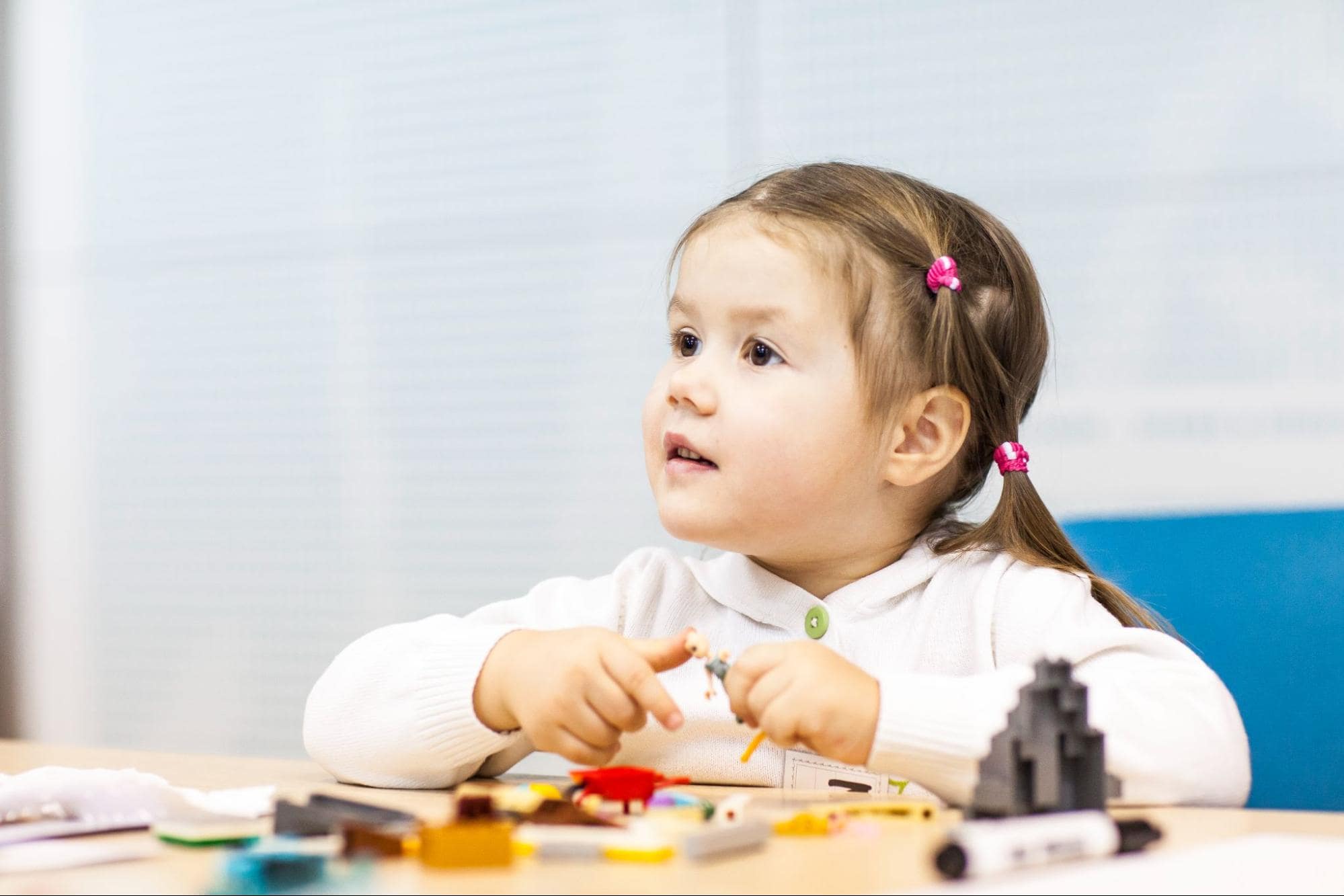
Games for preschool children
For preschoolers, the game should be led by a leader - a parent or older sibling, an educator, a grandparent.
1. "What happens if?"
Duration: 10 minutes
Participants: two people.
Conditions: Nothing is required.
Task. Preschoolers are notorious nerds who can lull anyone to sleep with their questions. We suggest a reverse game where the questions are asked by an adult. The game leader asks the child to speculate and make cause-and-effect connections. You can help by asking questions and giving hints when you sense difficulties. Such an exercise effectively teaches logical thinking. And the children sometimes give such creative answers that the facilitator has fun, too! What questions should be asked? Here are some examples: What happens when you go outside in the winter without a jacket? What happens if you take your neighbor's kitten? What happens if you do not go to kindergarten? What would happen if we invented a time machine? What would happen if cars flew through the air?
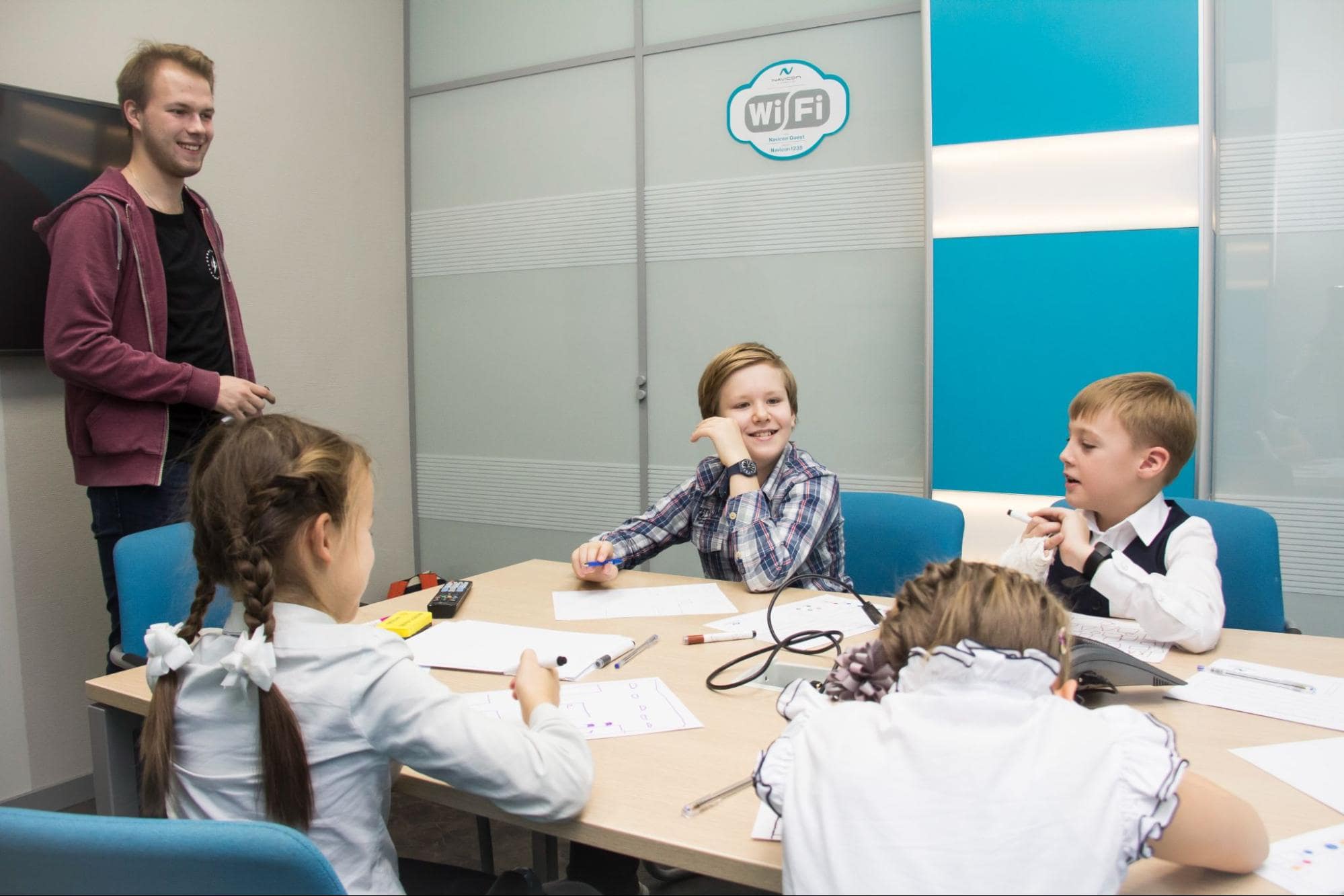
2. Cotosaurus
Participants: two people
Prerequisites: Pencils or markers and a sheet of paper
Task. First, the leader should show pictures of interesting animals and tell a little about them. For example, a platypus is a furry animal with a bill like a duck's, a kangaroo carries its young in a pouch on its belly, and a hedgehog fish can inflate and drop needles to scare away enemies. Next, the child is given the task of inventing and drawing an animal of his or her own that does not occur in nature. What is this animal called? What does it eat and where does it live? And what sounds does it make? The more facts, the better! Next time you can invent a new fruit, a bird, a car, a tree, anything!
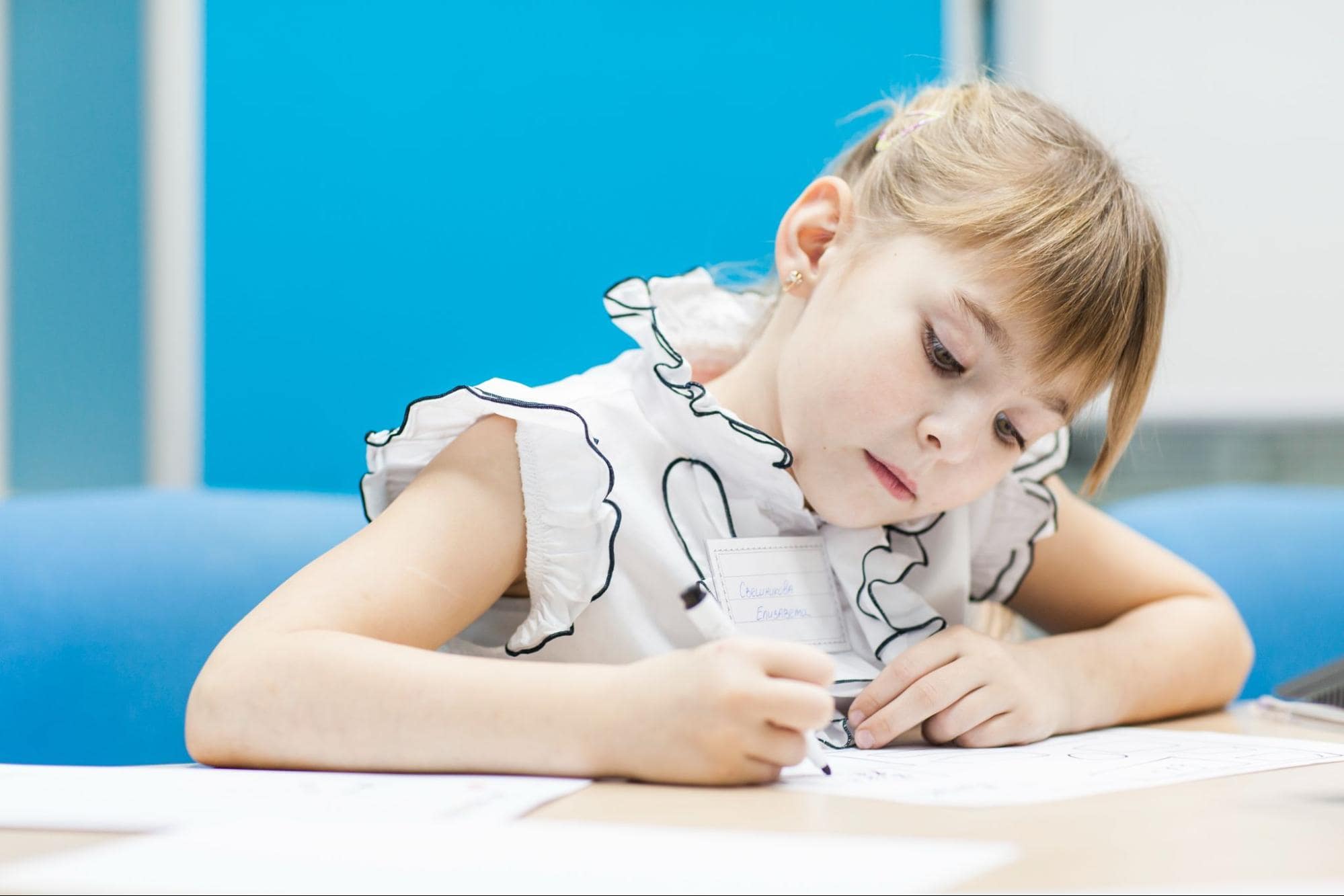
3. Good or evil machine?
Duration: 10 minutes
Participants: two people.
Conditions: Busy street.
Task. Many people notice that depending on the headlights, some cars look mean and some look friendly. A preschooler can imitate this very well! First, an adult sets a good example, points to the car and determines its mood, the child will get involved and also enjoy the game. The advantage of this game is that it not only promotes creative thinking, but also beautifies the way home or to kindergarten. The child will be busy and will not complain that he is tired and bored.
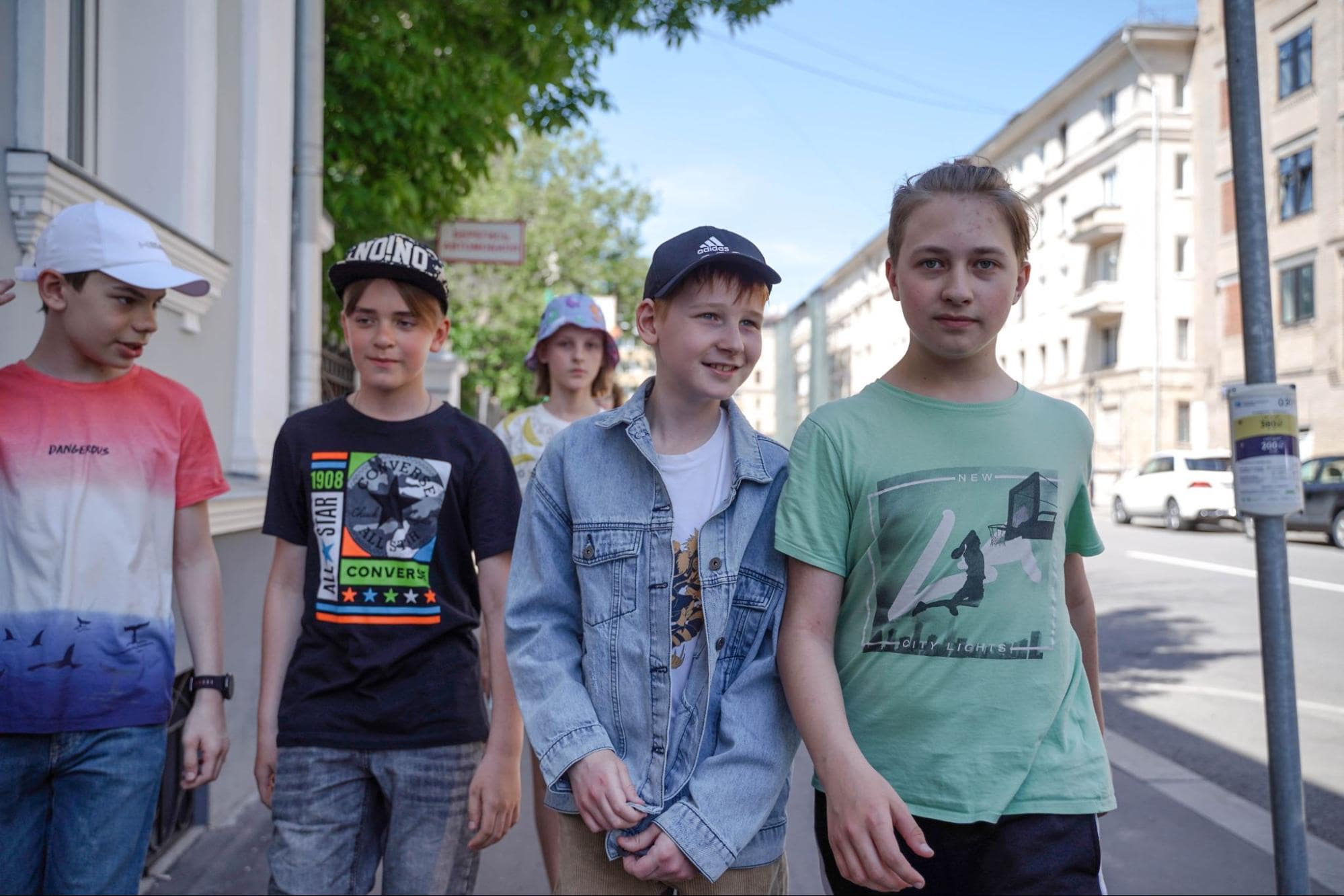
Games for younger students
Designed for company - you can play with friends, classmates or the whole family. It's more fun together!
1. Writers Club
Duration: 30 minutes
Participants: 3 or more people.
Prerequisites: Recorder or paper and pencil.
Task. The game leader gives the first sentence and everyone else takes turns adding one sentence each. It is very interesting when the players follow the development of the plot and follow the logic of the story without interrupting the folding of the plot. You can think up characters in advance and gradually introduce them into the story. It's great if the game leader has the option of writing down the story on paper so that later everyone can read what happened together. Or you can use a voice recorder.
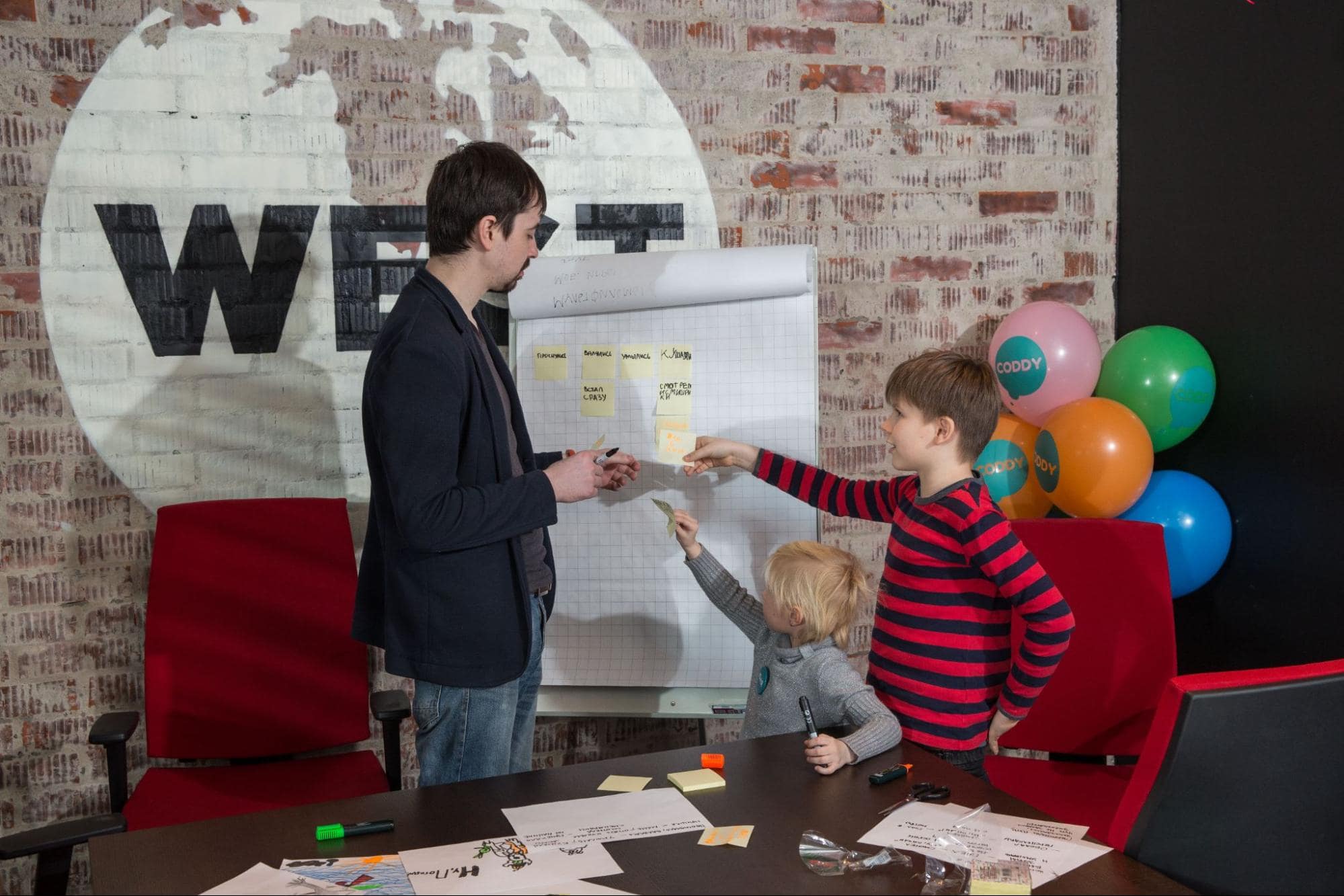
2. To the letter A.
Duration: 10 minutes
Participants: 2 or more people.
Conditions. A room with many objects (room, street).
Objective: At the beginning, any letter of the alphabet is chosen. Players take turns naming objects with this letter that are in this room, in this room, on the street. The winner is the one who says the last word. And in the next round you get to choose the next letter. The exercise trains not only imagination, but also attention, and the guys can learn new words and the purpose of some objects to which they have not paid attention before.

3. Draw an object
Duration: 20 minutes
Participants: two people.
Prerequisites. Two sheets of paper, pencils or markers.
Objective: Each player draws different squiggles, shapes, and strokes on their sheet of paper and then swaps sheets. You must complete each element to get an item. The maximum - to combine all the blanks into a single whole picture. There are no limits to creativity, you can draw anything that comes to mind.

Games for high school students
These exercises will be interesting for adults as well. Please note!
1. Aladdin's lamp
Duration: 20 minutes
Participants: two, more than one.
Prerequisites: Phones with internet access (or computers)
Task. For ten minutes, participants are on the lookout for interesting facts. Find five facts that a competitor does not know. There are no restrictions in the search, you can enter any queries and follow different links. But agree, search for articles on the query "5 creative and unexpected facts", that's boring! Finally, the goal is to develop imagination, you need to look for original ways.
Next, players ask each other questions for ten minutes and try to guess the answers. As a result of the game, you can improve your skills of surfing the Internet and learn 10 new interesting facts!

2. Take photos of everything blue
Duration: whole day
Participants: one person
Prerequisites: Phone or camera
Task. Throughout the day take photos of objects that the player sees in his environment and that have a certain color. You can play the whole week: on Monday you are supposed to photograph green objects, on Tuesday blue ones, etc. The game coolly pumps attention, because you have to keep this task in mind all day. A teenager looks around and notices something beautiful and interesting, because the world is so multi-faceted, and we do not see that in the hustle and bustle. And he also trains the ability to take beautiful pictures.

3. Distract the dragon
Duration: 1-3 minutes
Participants: 1 person or company
Prerequisites: Pen and sheet of paper.
Task. Do you know how hard it is to concentrate when you are distracted? Of course you do! In this activity, participants will distract themselves. The game was invented by Keith Johnstone, a famous director and author of improvisational theater. You need to take a pen and a piece of paper and come up with a short story of several sentences. The challenge is that while making up the story, the participant must count out loud from 1 to 100 (or in reverse order). This is a super-complicated exercise! Do not be sad if the story is boring and incomprehensible. If you manage to come up with something coherent, that's great. Lifehack: To simplify the task, the first phrase can be given by the leader or seen somewhere. And make up a story based on the first phrase.
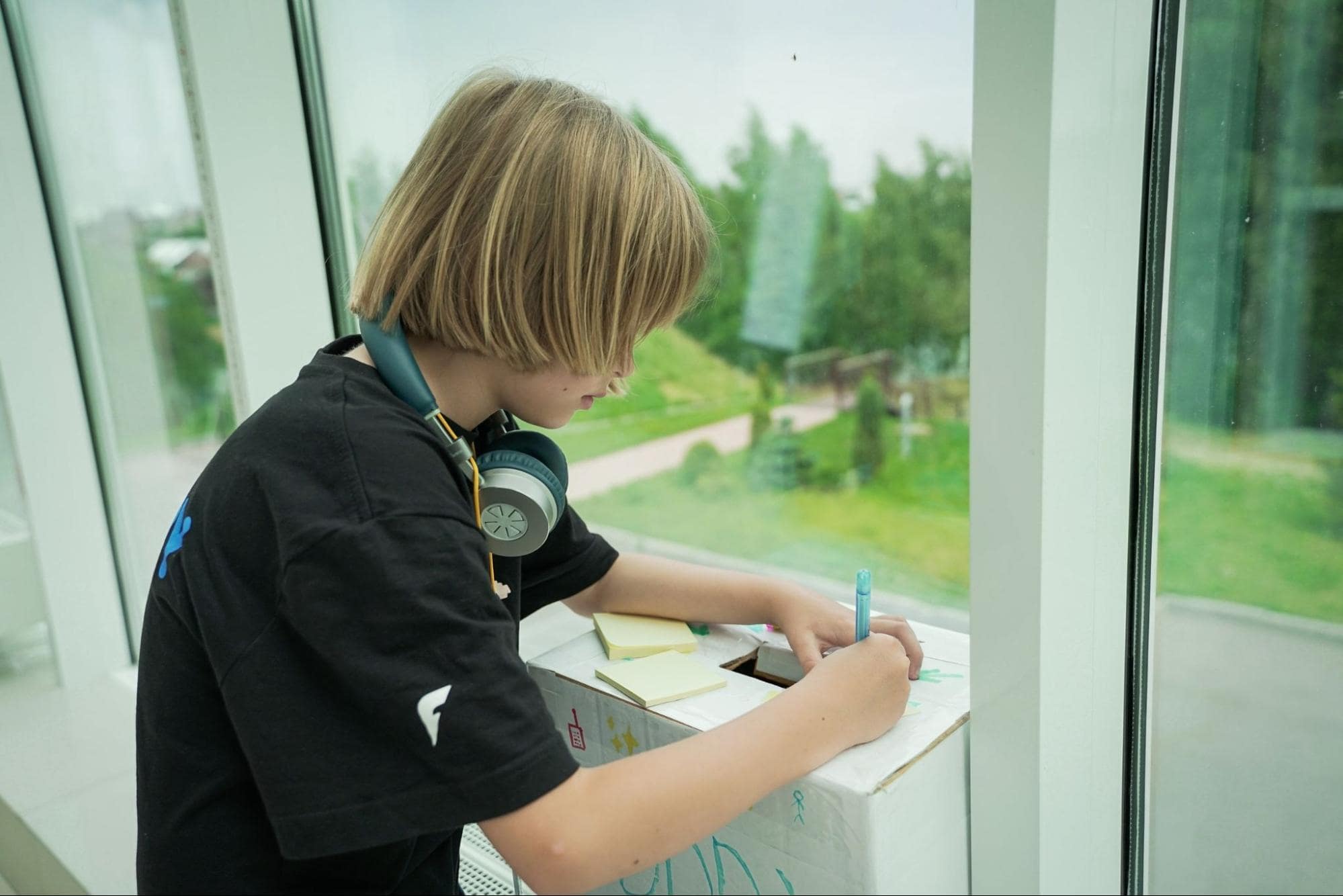
Creative and logical thinking are also taught in soft skills courses. Soft skills are skills that are not directly related to work, such as the ability to write code for a programmer or sewing skills for a seamstress. They are skills that are useful in any field, such as communication and logical thinking. The school CODDY offers a wide range of such training programs.

Creativity is a skill that is useful for absolutely everyone. It helps to find solutions to unusual situations and develop original ideas. And, of course, it is better to train this skill from childhood, when children are still naturally creative, not pressed into the framework of norms and stereotypes, and easy to learn.





